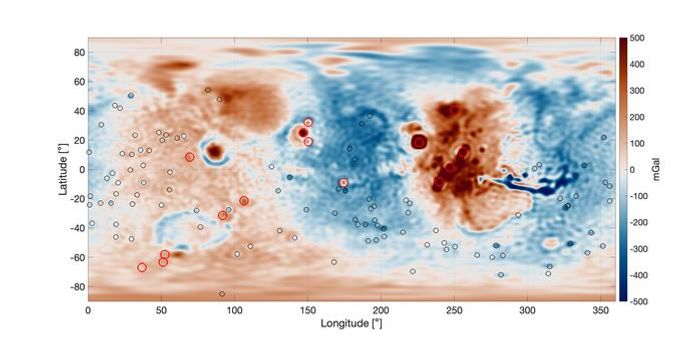New Study Discusses Circle of Life for Supermassive Black Holes
In a recent study published in The Astrophysical Journal, an international team of researchers discuss how black holes exhibiting different light signatures are in fact exhibiting different stages of their own life cycle. This latest study focuses on a type of supermassive black hole referred to as “active galactic nuclei” or AGNs, and this research demonstrates the need to revise the traditional “unified model of AGN” that identifies supermassive black holes as all possessing similar characteristics. This study is intriguing because it helps provide answers to longstanding mysteries about black holes while allowing researchers to produce more exact models about the universe’s evolutionary processes and development of black holes, as well.
"These objects have mystified researchers for over a half-century," said Dr. Tonima Tasnim Ananna, a postdoctoral research associate at Dartmouth College, and lead author of the study. "Over time, we've made many assumptions about the physics of these objects. Now we know that the properties of obscured black holes are significantly different from the properties of AGNs that are not as heavily hidden."
Supermassive black holes get their name because they are believed to occupy the center of all large galaxies, like our Milky Way. Researchers have a long-standing interest in the light signatures of AGNs because these massive objects are “accreting”, or growing, as they actively devour galactic gas, dust, and stars. They can even become heavier than small galaxies.
Starting in the 1980s, scientists discovered that light signatures coming from space via radio wavelengths or X-rays were coming from AGNs. It was surmised that the varying brightness and colors associated with AGNs were the result of the observational angle and how much the ring of gas and dust surrounding an AGN—also known as a “torus”—was obstructing the view. This led to the longstanding “unified model of AGNs”, which states that the AGNs would appear brighter if being observed from above or below the ring, and fainter if it were being observed directly through the ring itself. But this new study completely changes the initial thinking about AGNs, as previous research relied too heavily on either biased research results or less obstructed objects.
"This provides support for the idea that the torus structures around black holes are not all the same," said Ryan Hickox, professor of physics and astronomy at Dartmouth, and a co-author on the study. "There is a relationship between the structure and how it is growing."
This study is the result of a decade-long analysis of nearby AGNs observed by Swift-BAT, a high-energy NASA X-ray telescope. Swift-BAT allows astronomers to examine the local universe and observe obstructed and unobstructed AGNs.
"One of the biggest questions in our field is where do supermassive black holes come from," said Hickox. "This research provides a critical piece that can help us answer that question and I expect it to become a touchstone reference for this research discipline."
Sources: The Astrophysical Journal
As always, keep doing science & keep looking up!









